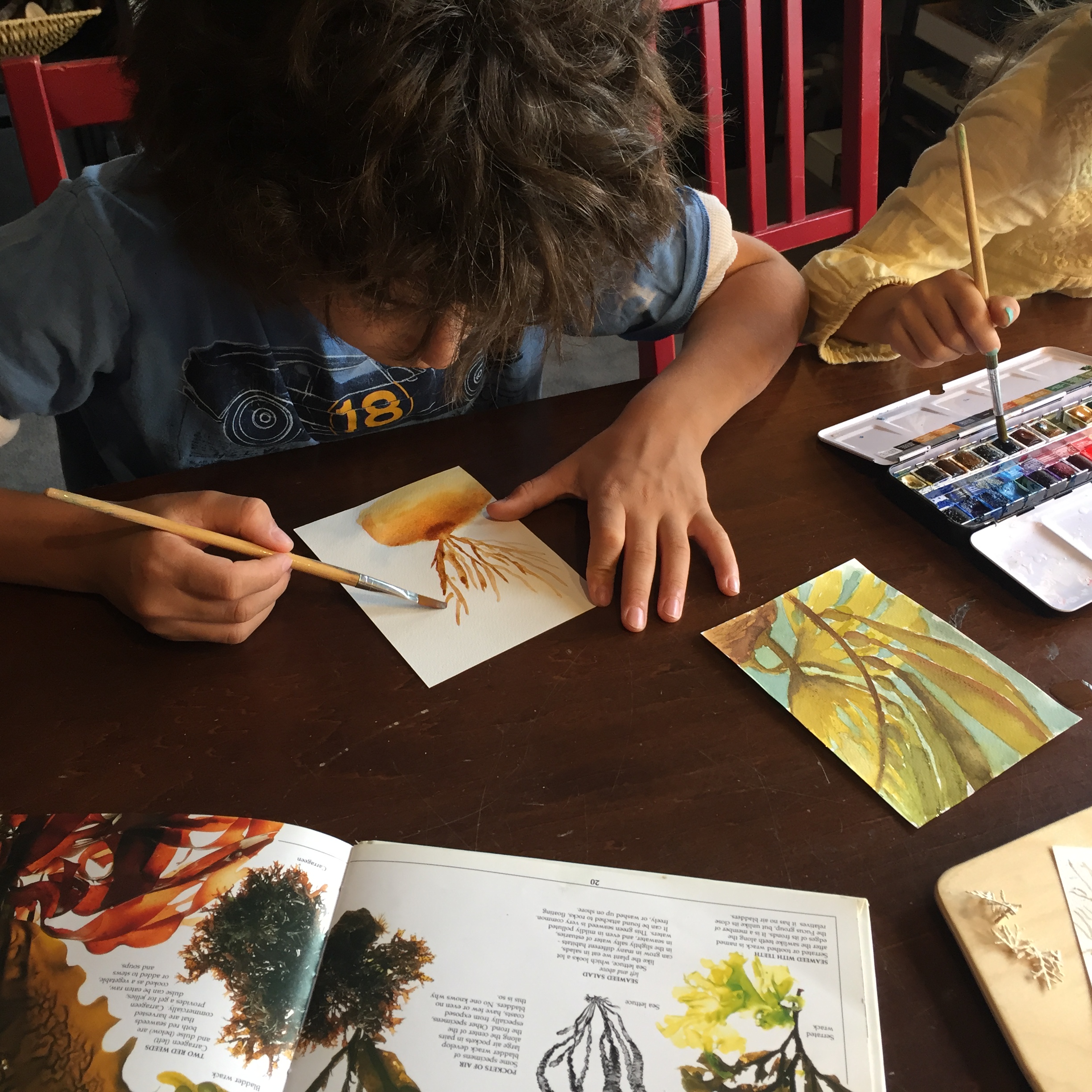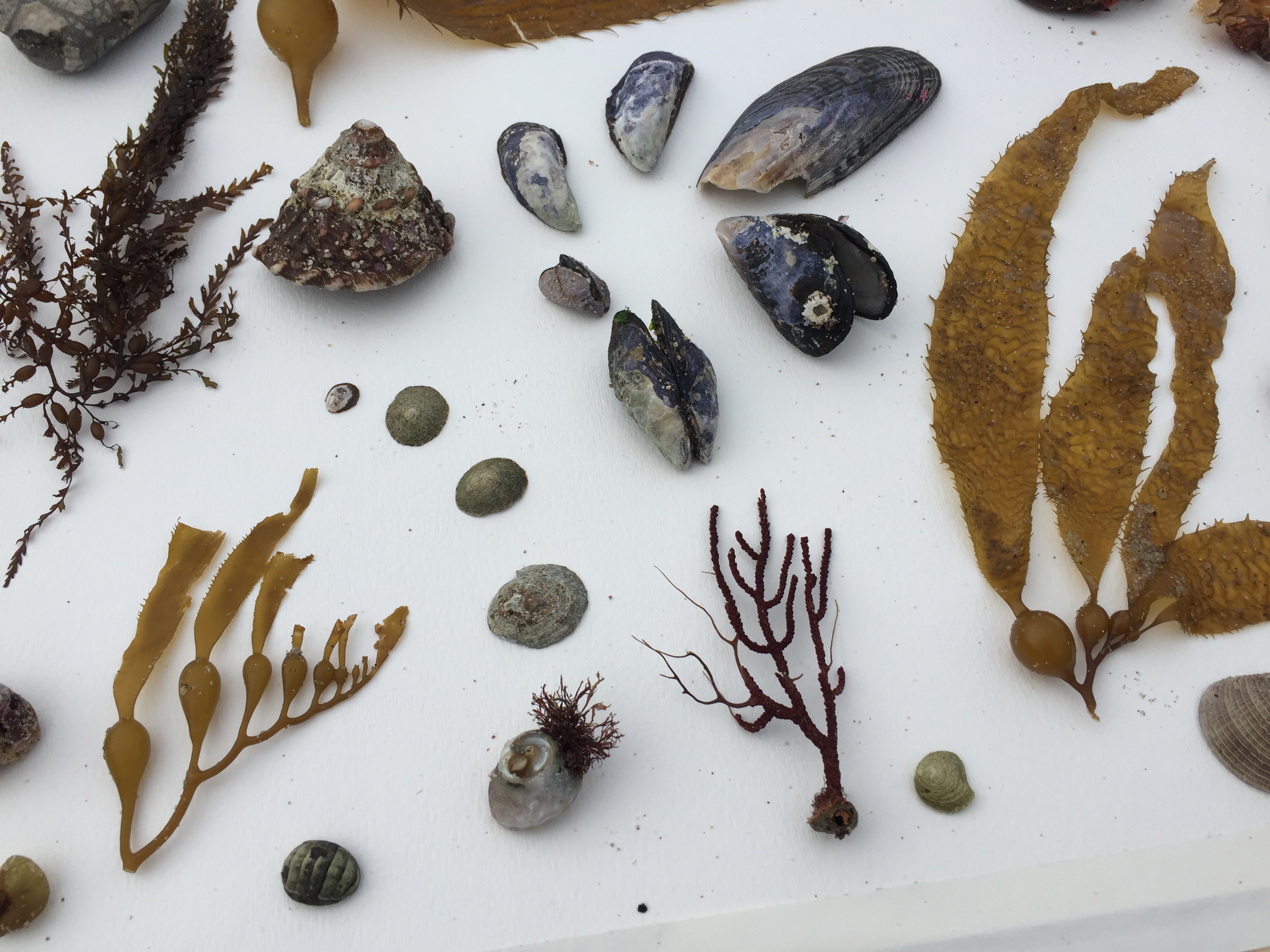Did you know that you can do nature study in the city? You don’t need beaches, mountains or valleys to partake in nature study. In fact, when you have to search and appreciate the smallest amount of nature pushing through in a crack on a sidewalk or the relentless caw of a crow, you find that nature is a force to be reckoned with and revered. If you choose to do your nature study at the beach, forest, canyon or mountains, or anywhere else, here are a few ideas on how you can enhance the experience.
How to do Nature Study:
Firstly, keep in mind that once you’re in nature, you may not want to do anything academic or educational. That’s okay. If you know that of yourself or your children, here’s how you can prepare ahead of time.
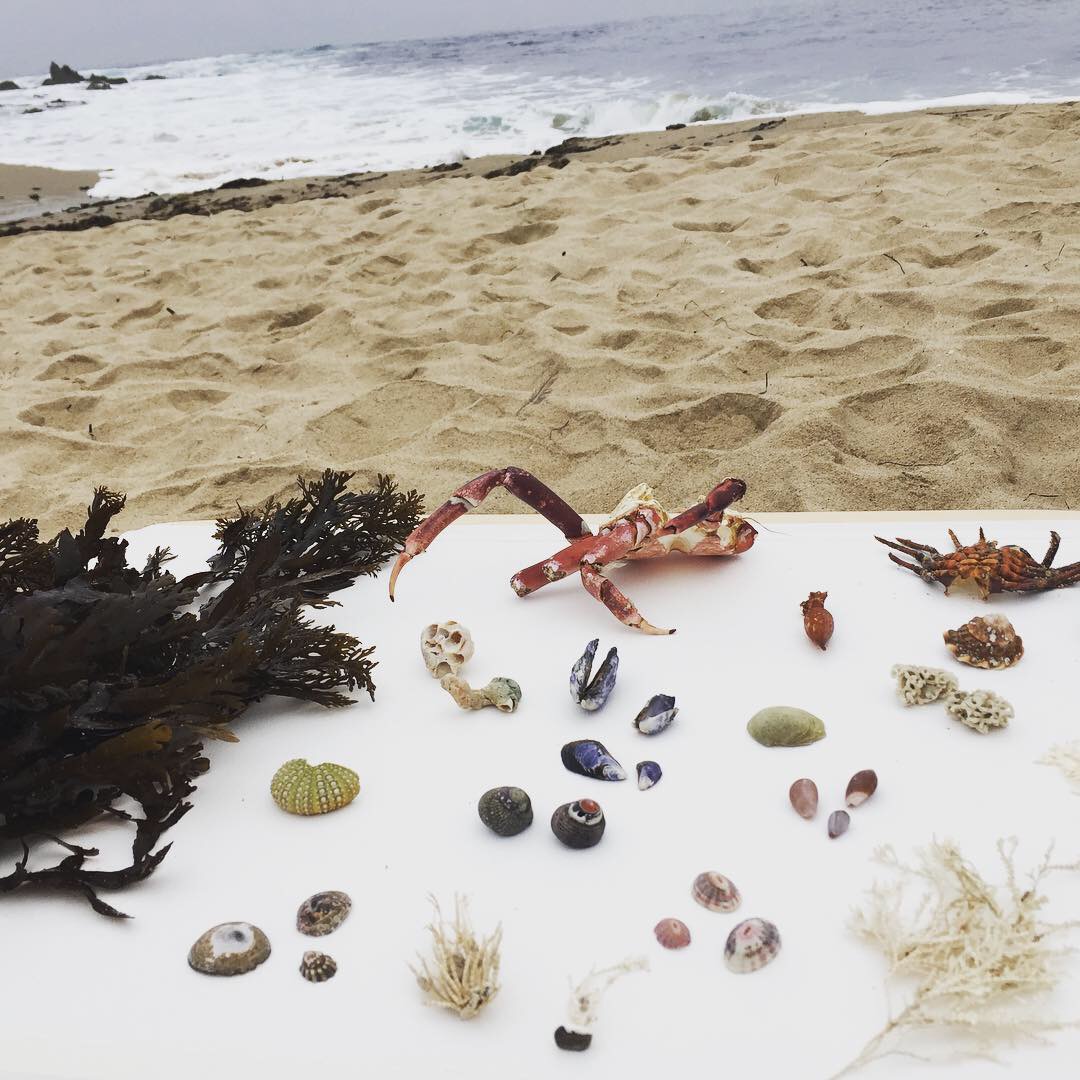
First, research the area you’re going to visit so you can familiarize yourself with what you might find. Next, pick one animal or plant or geologic feature or weather phenomenon you are interested in learning about that you expect or hope to find or experience while in nature. I recommend doing this before you visit your destination, but if you don’t, don’t worry, it will work just as well after. Visiting a place with a bit of background knowledge means you can identify those things in your environment. But, that’s actually not the purpose of nature study. It’s not to name everything you see. In fact, once you name the thing, it often tanks the curiosity of the child. Instead, explore alongside your students and marvel at what you find. Once you’ve observed the leaves, shells, plants and more, you can draw your students’ attention to details they might have missed. You can also encourage thought and deeper observations by asking questions like do these leaves look the same? Is this green the same? Are the ridges of these shells going in the same direction. Is there an animal living inside that shell? Or Nut? What’s under the sand? What’s under the top layer of leaves and soil? How many grains of sand are stuck to your finger tip?
These questions don’t aim for solid answers as much as they excite the imagination and spark the curiosity and interest.
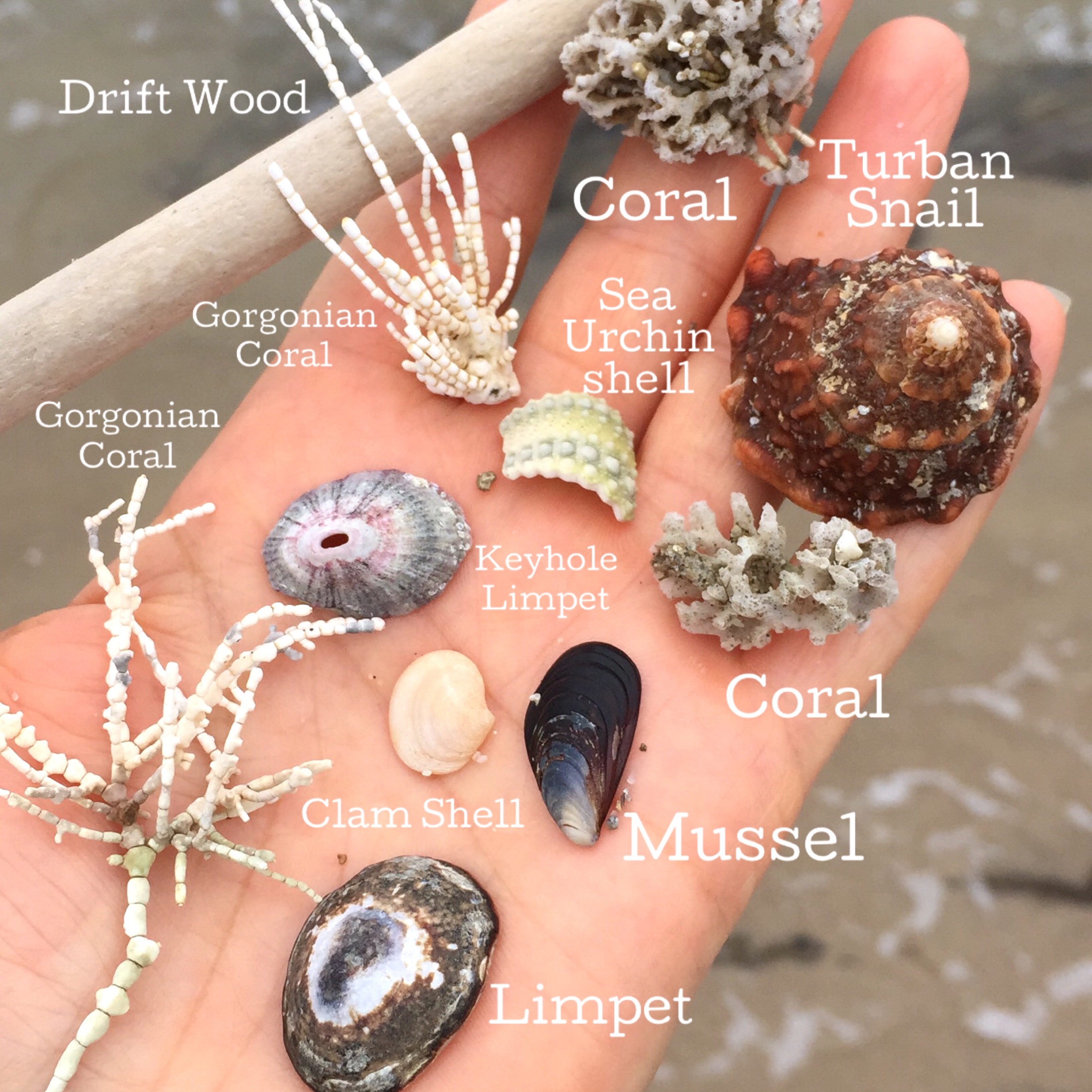
After thorough observations have been conducted, you might share some insight about the items you found. You may need to research more and you can do that once you get home. If you have the opportunity, you can do some nature journaling and recording within the environment. If it doesn’t happen in nature, you can always bring this part of nature study home. I’ve noticed that my boys were less interested in doing academics in the field as they preferred to explore, discover, climb, dig and run around. My daughter is a bit more willing to journal in the field. Either way, I encourage you to do what suits you and your students.
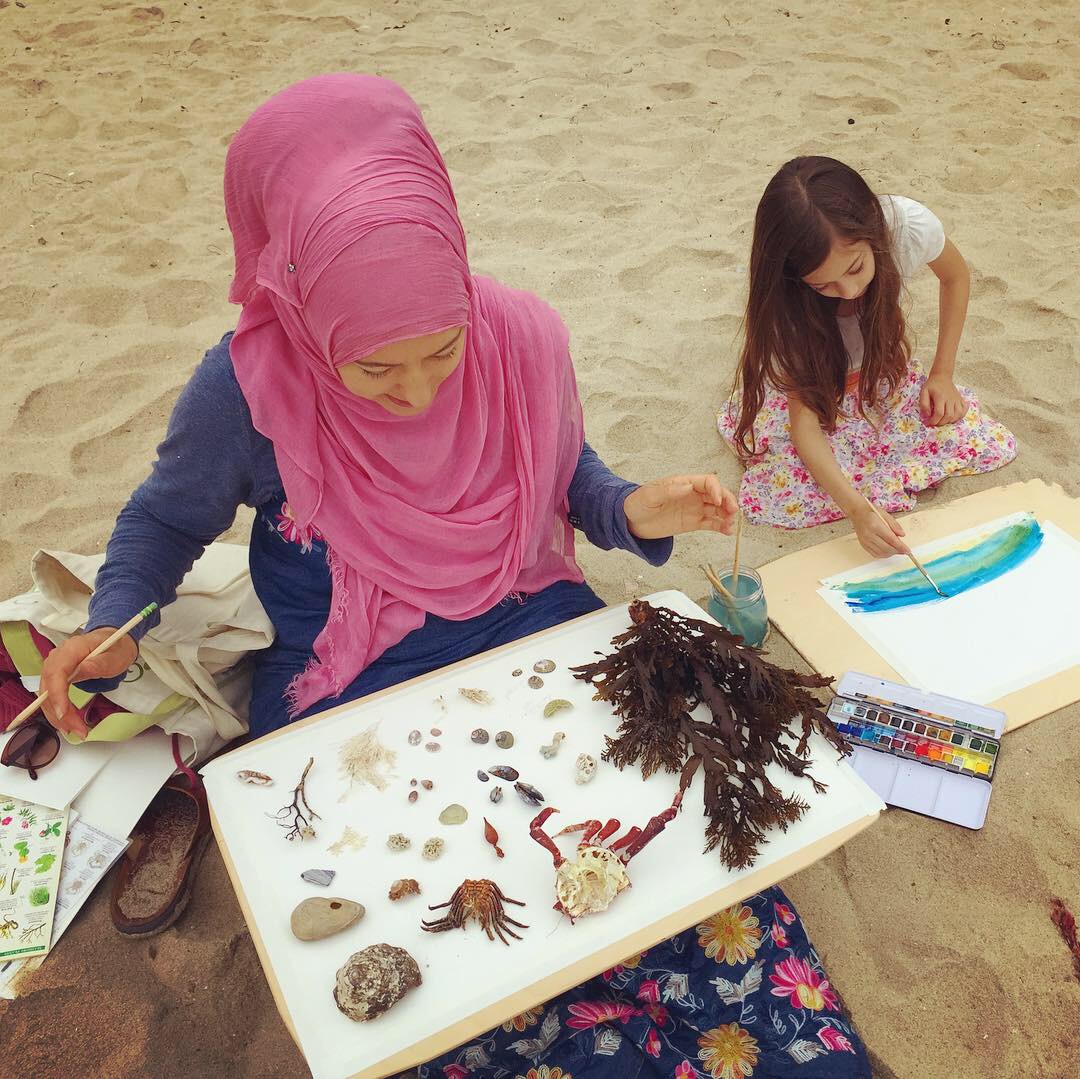
Going to the same environment over and over again allows you to enjoy the subtle changes. Be it in the tides, the weather, the presence of certain flora and fauna, or things you missed the first time you were there. I found that to be the case each time we visited our little stretch of beach. Each time there were things we’d seen before, but each time there were new things to discover and at the very least, the tide, beach and weather were different. Experiencing those changes is also nature study.
Once your nature study is over, you can continue it at home in the form of narration and art. Artistic representations of what you learned is a powerful educational tool. Simple watercolors or color pencils will do. A few sentences about your experience or about the specimen you learned about rounds out the lesson.
Let me know how you do nature study, I’d love to know.
Here are some videos that might encourage you in your nature study.
If you want to learn more about the Charlotte Mason educational philosophy, I highly recommend you check out her six volume original books. You’ll be able to find out more about nature study and her overall view on parenting and homeschool education.
Here are a few of the resources that I use or refer to when putting together a nature unit:
Nature Anatomy by Julia Rothman, Animalium by Jenny Broom, Botanicum by Kathy Willis, The ABCs of Nature by Reader’s Digest by Richard Scheffel, The Practical Naturalist by DK Books, The Curious Nature Guide by Clare Walker Leslie as well as various DK Eyewitness subject books.

